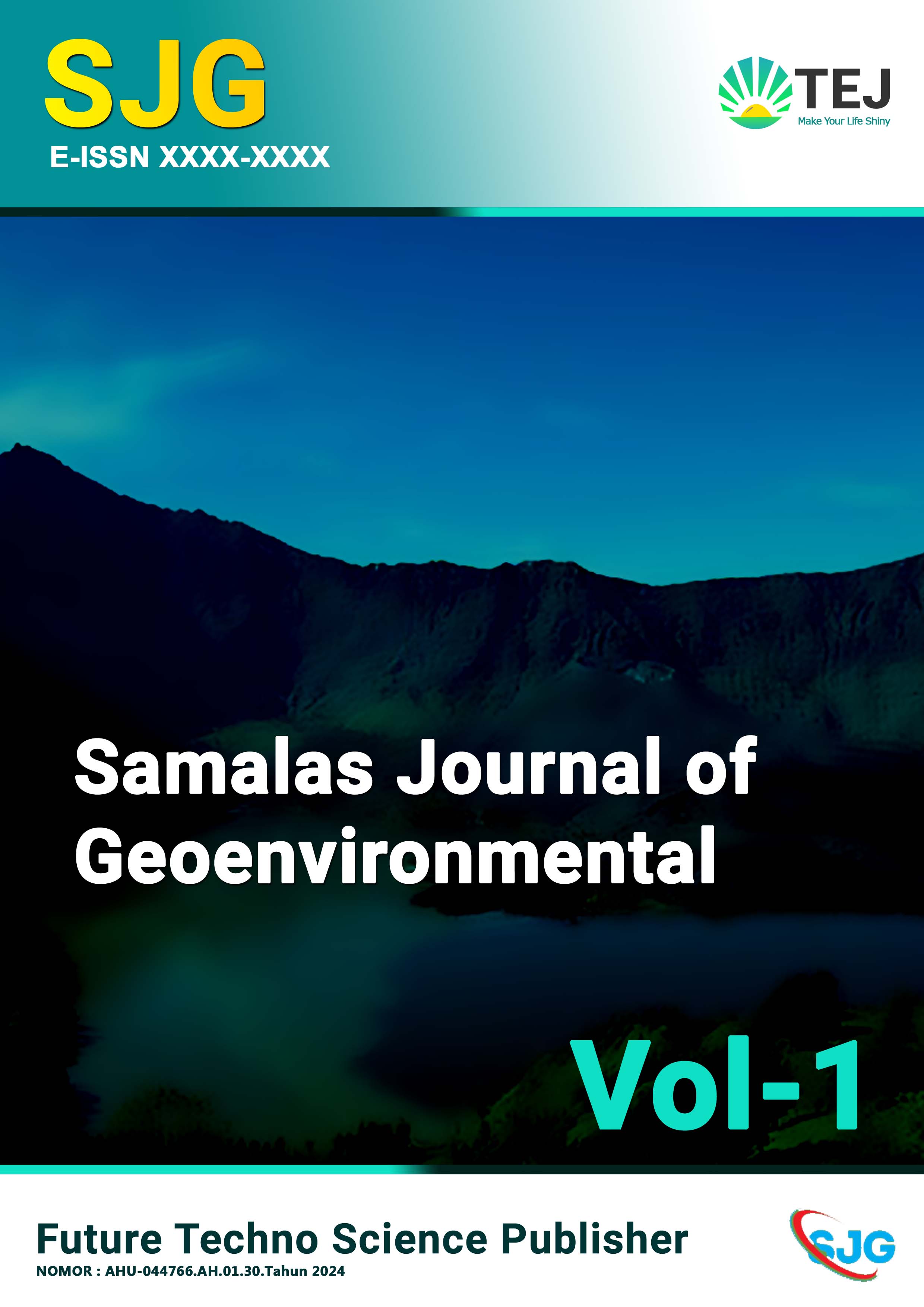Assessment of Liquefaction Potential Based on Subsurface Characteristics and Seismic Vulnerability Indices in Ampenan District, Mataram City
DOI:
https://doi.org/10.59535/60qgms87Keywords:
Amplification Factor, Dominant Frequency, Shallow Groundwater Surface, Seismic Vulnerability ValueAbstract
This research aims to determine the liquefaction potential based on subsurface characteristics and seismic vulnerability values in the Ampenan area of Mataram City, West Nusa Tenggara. The research uses data from groundwater level depth measurements, resistivity geoelectrics, and microtremor data from the PGS Bandung study in 2013 in the Mataram area. The results obtained indicate that the range of well depth values from 20 measurement points is between (0.25 – 1.60) meters from the ground surface, falling into the category of shallow groundwater that is susceptible to liquefaction potential because it can affect the saturation level of the overlying lithology. Micotremor data produces a seismic vulnerability index (Kg) with a value range of 3.41 – 123.91, including danger and disturbance-prone zones. This is related to the type of subsurface lithology at the research site, which consists of sand with a resistivity value of 42 – 300 Ωm, located in a layer structure up to a depth of 9.56 meters, with an average soil layer thickness of 8 meters according to the geoelectric results from 10 measurement lines. The three measured parameters indicate that Ampenan District has the potential to experience liquefaction.
Downloads
Published
Issue
Section
License
Copyright (c) 2025 Firda Faradilah, Syamsuddin, Bakti Sukrisna, Ika Umratul Asni Aminy, Rahmatun Inayah, Adella Ulyandana Jayatri, Kormil Saputra (Author)

This work is licensed under a Creative Commons Attribution 4.0 International License.






